The Spotlight on Flex showcases professionals from member organizations who exemplify personal and professional success while working a flexible schedule. Their stories illustrate the long-term benefits that flexible schedules offer to both individuals and organizations.
This month, we are pleased to share insights from Beth Dickstein, Partner in the Chicago office of Sidley Austin LLP.
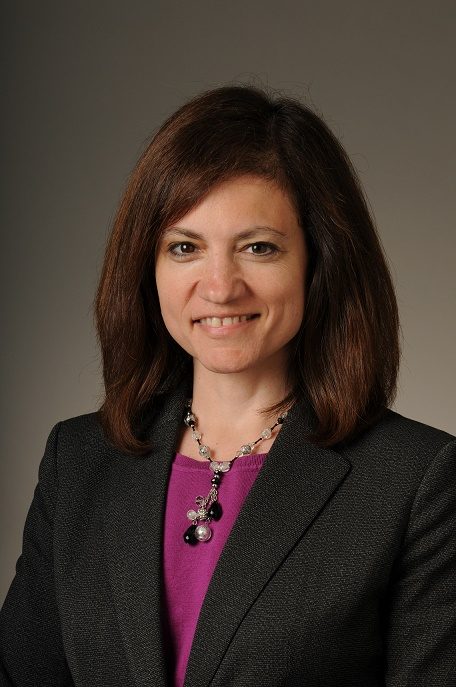 Diversity & Flexibility Alliance: How have you made flexibility a priority and a success with your career? How has flexibility made your career more sustainable?
Diversity & Flexibility Alliance: How have you made flexibility a priority and a success with your career? How has flexibility made your career more sustainable?
Beth Dickstein: After 24 years of working flexibly, I think I offer a unique perspective. I’ve been with Sidley Austin for 27 years, and I started on a flex schedule as a third year associate when my son was born – that was 24 years ago! I was at a 70 percent schedule, then moved to 80 percent, and now am at a 90 percent reduced hours schedule. I still come in every day, and there are times when I work from home. Looking back, it’s amazing how much flexibility has changed over two decades.
When I first contemplated working flexibly, there weren’t many women partners, and there were even less working “part-time.” There was one partner in the Tax group who worked one day from home, and it seemed to be working. I took that as a positive sign both personally and from the firm’s perspective. I wanted my Fridays completely off so I could use it to volunteer in my kids’ classrooms. (I also have a daughter who is now 22). In 1993/1994, the technology we have today that facilitates flexibility and telecommuting wasn’t there (or was just starting) – there was no internet, email, cell phones, etc. So when I was off on Fridays, I was off.
Sidley has always advocated for the success of women and flexibility. This type of support made my Fridays at home work. Because the technology wasn’t in place yet, I gave clients my home number and told them to call it if they ever needed to reach me. This simple gesture showed my commitment, and I appreciated their support of the work arrangement. I rarely received a call at home, but I know clients still appreciated the gesture nonetheless. I always felt I was fully backed by the clients, the firm, and the partners I worked with – as long as my work was getting done (and done well) they had no issues. I was able to work, be a mom, and participate in my kids’ activities without the guilt from either side.
Read more
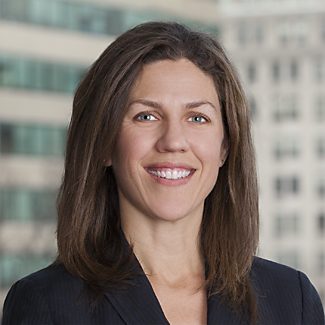 Diversity & Flexibility Alliance: How have you made flexibility a priority and a success through your schedule?
Diversity & Flexibility Alliance: How have you made flexibility a priority and a success through your schedule?
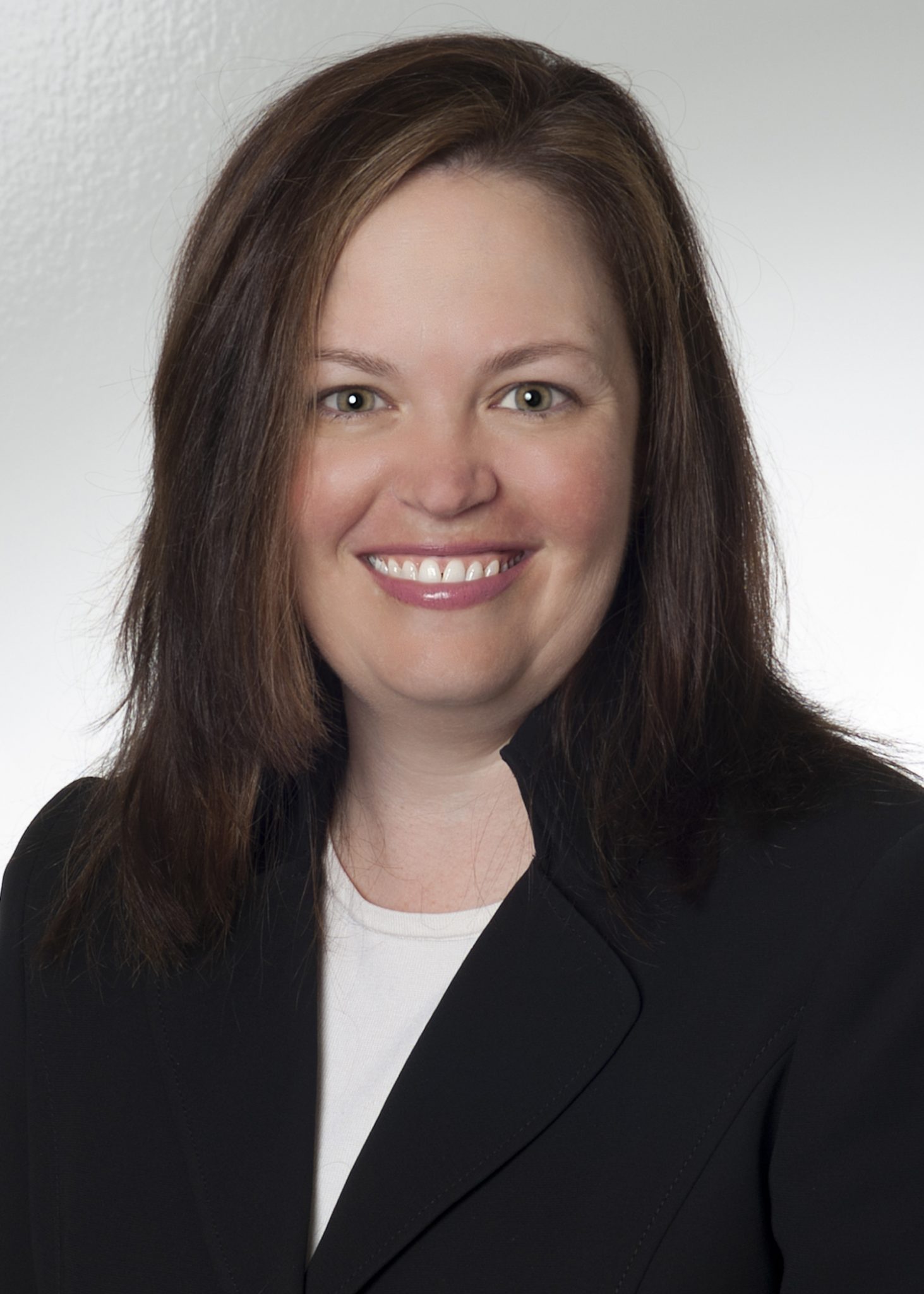 Diversity & Flexibility Alliance: How have you made flexibility a priority and a success through your schedule?
Diversity & Flexibility Alliance: How have you made flexibility a priority and a success through your schedule? Diversity & Flexibility Alliance: How have you made flexibility a priority and a success through your schedule?
Diversity & Flexibility Alliance: How have you made flexibility a priority and a success through your schedule? Diversity & Flexibility Alliance: How have you made flexibility a priority and a success through your schedule?
Diversity & Flexibility Alliance: How have you made flexibility a priority and a success through your schedule? Diversity & Flexibility Alliance: How have you made flexibility a priority and a success with your career?
Diversity & Flexibility Alliance: How have you made flexibility a priority and a success with your career?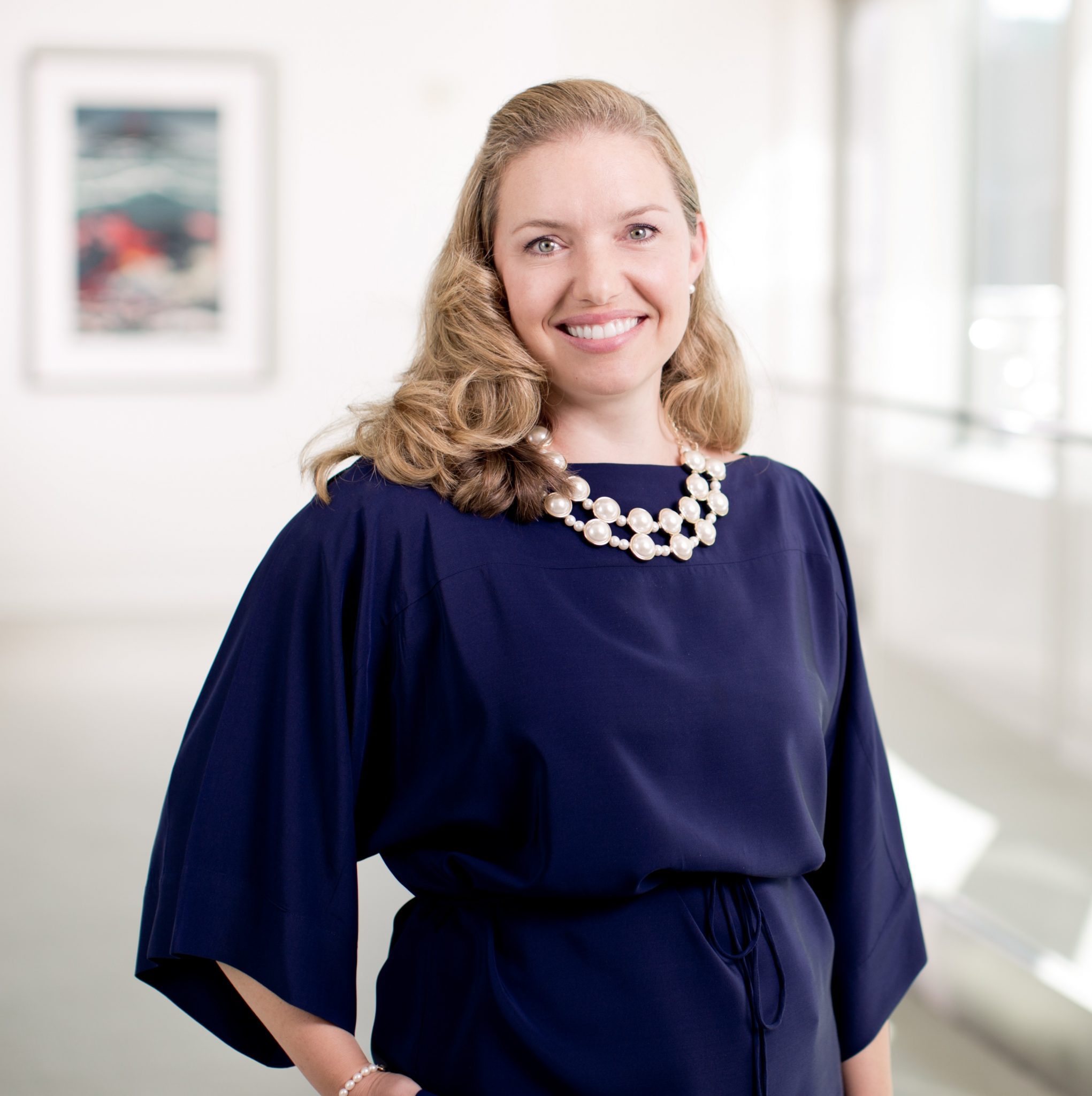 Diversity & Flexibility Alliance: How have you made flexibility a priority and a success with your career?
Diversity & Flexibility Alliance: How have you made flexibility a priority and a success with your career? Diversity & Flexibility Alliance: How have you made flexibility a priority and a success with your career? How have clients contributed to your flex success?
Diversity & Flexibility Alliance: How have you made flexibility a priority and a success with your career? How have clients contributed to your flex success? Diversity & Flexibility Alliance: How have you made flexibility a priority and a success with your career? How have clients contributed to your flex success?
Diversity & Flexibility Alliance: How have you made flexibility a priority and a success with your career? How have clients contributed to your flex success? Diversity & Flexibility Alliance: How have you made flexibility a priority and a success with your career? How has flexibility made your career more sustainable?
Diversity & Flexibility Alliance: How have you made flexibility a priority and a success with your career? How has flexibility made your career more sustainable?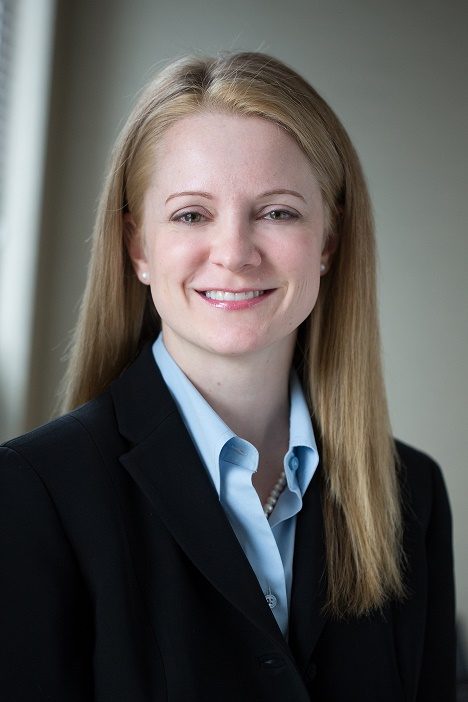 Diversity & Flexibility Alliance: How have you made flexibility a priority and a success with your career? How has flexibility made your career more sustainable?
Diversity & Flexibility Alliance: How have you made flexibility a priority and a success with your career? How has flexibility made your career more sustainable?